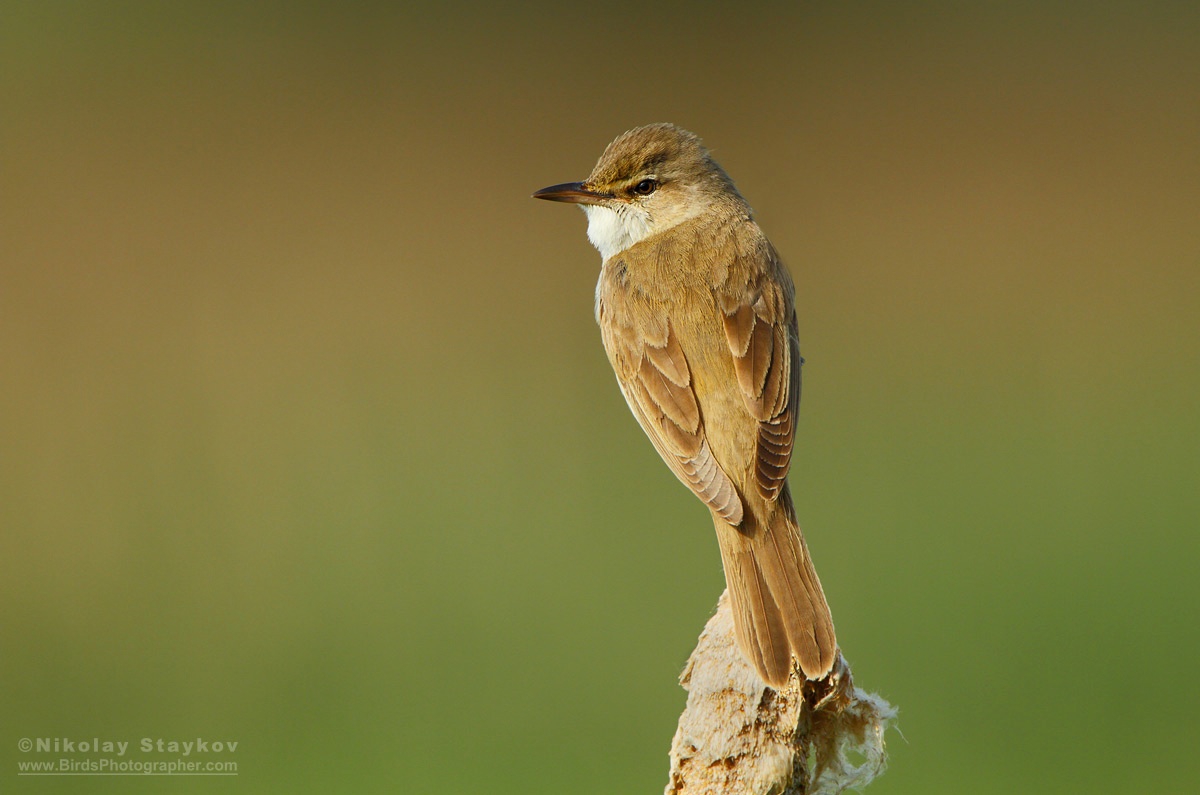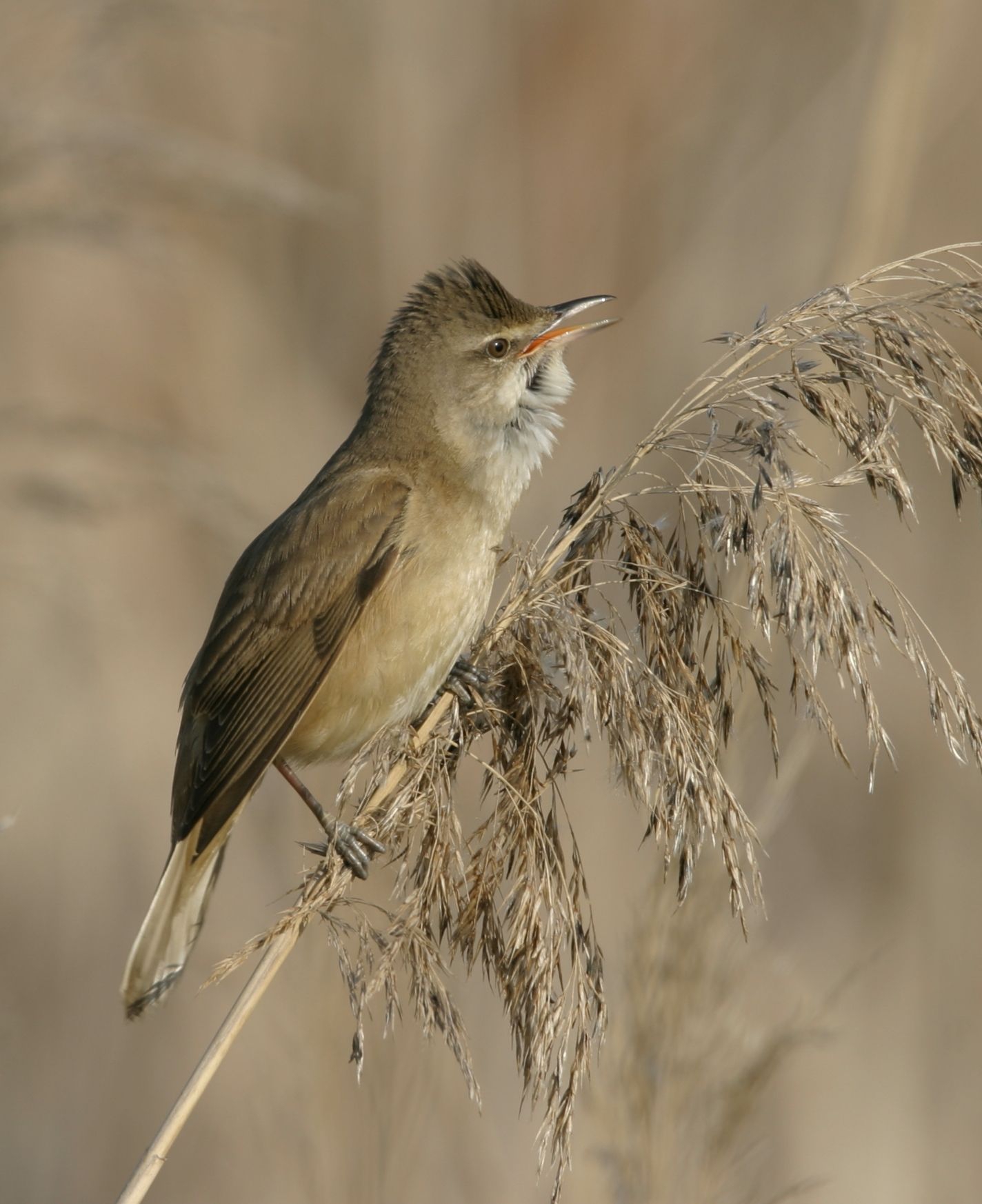| Citation |
|
Description |
Geographic Range [top]
Countries occurrence:
Native:
Albania; Algeria; Angola (Angola); Armenia (Armenia); Austria; Azerbaijan; Bahrain; Belarus; Belgium; Benin; Bosnia and Herzegovina; Botswana; Bulgaria; Burkina Faso; Burundi; Cameroon; Central African Republic; China; Congo; Congo, The Democratic Republic of the; Côte dIvoire; Croatia; Czech Republic; Denmark; Djibouti; Egypt; Equatorial Guinea; Eritrea; Estonia; Ethiopia; Finland; France; Gabon; Gambia; Georgia; Germany; Ghana; Gibraltar; Greece; Guinea; Guinea-Bissau; Hungary; Iran, Islamic Republic of; Iraq; Israel; Italy; Jordan; Kazakhstan; Kenya; Kuwait; Kyrgyzstan; Latvia; Lebanon; Lesotho; Liberia; Libya; Lithuania; Luxembourg; Macedonia, the former Yugoslav Republic of; Malawi; Mali; Malta; Mauritania; Moldova; Monaco; Mongolia; Montenegro; Morocco; Mozambique; Namibia; Netherlands; Niger; Nigeria; Oman; Palestinian Territory, Occupied; Poland; Portugal; Qatar; Romania; Russian Federation; Rwanda; San Marino; Saudi Arabia; Senegal; Serbia (Serbia); Sierra Leone; Slovakia; Slovenia; South Africa; South Sudan; Spain; Sudan; Swaziland; Sweden; Switzerland; Syrian Arab Republic; Tajikistan; Tanzania, United Republic of; Togo; Tunisia; Turkey; Turkmenistan; Uganda; Ukraine; United Arab Emirates; Uzbekistan; Western Sahara; Yemen; Zambia; Zimbabwe
Vagrant:
Afghanistan; Chad; Faroe Islands; Iceland; Ireland; Liechtenstein; Norway; Pakistan; Sao Tomé and Principe; Somalia; United Kingdom
Additional data:
? Continuing decline in area of occupancy (AOO): Unknown
? Extreme fluctuations in area of occupancy (AOO): No ? Estimated extent of occurrence (EOO) - km2: 22200000
? Continuing decline in extent of occurrence (EOO): Unknown ? Extreme fluctuations in extent of occurrence (EOO): No
? Continuing decline in number of locations: Unknown
? Extreme fluctuations in the number of locations: No
Range Map: Click here to open the map viewer and explore range.
Population [top]
Population: In Europe, the breeding population is estimated to number 2,600,000-4,680,000 pairs, which equates to 5,190,000-9,360,000 mature individuals (BirdLife International 2015).
Trend Justification: The population is suspected to be in decline owing to ongoing habitat destruction (del Hoyo et al. 2006), although in Europe, trends between 1982 and 2013 have been stable (EBCC 2015).
Current Population Trend: Decreasing
Additional data:
? Continuing decline of mature individuals: Unknown
? Extreme fluctuations: No ? Population severely fragmented: No
? Continuing decline in subpopulations: Unknown
? Extreme fluctuations in subpopulations: No ? All individuals in one subpopulation: No
Habitat and Ecology [top]
Habitat and Ecology: This species breeds mainly in beds of reed (Phragmites), locally in stands of reedmace (Typha), growing in fresh or brackish water and rarely, in willow bushes (Salix). It shows a preference for tall reeds with thick stems, especially next to open water. In western and central Europe, egg-laying occurs from mid-May to July but begins earlier in southern Europe from early May. It lays three to six eggs in a nest, which is a deep, cylindrical cup of coarsely woven grass, reed and other plants stems and leaves, some plant down, spider webs and reed flowers and lined with finer plant material, sometimes also hair and feathers. It is built 10–200 cm above water and attached to several reed stems. The diet is mainly insects but also includes spiders (Araneae), some snails and small vertebrates. Outside the breeding season it also rarely takes fruit and berries. The species is migratory, wintering in sub-Saharan Africa (Dyrcz 2006).
Systems: Terrestrial; Freshwater
Continuing decline in area, extent and/or quality of habitat: Unknown
Generation Length (years): 4.2
Movement patterns: Full Migrant
Threats [top]
Major Threat(s): The reasons of declines in Europe are not clear but may be due to climate change and habitat loss. Drainage and irrigation, decreasing reed quality, lower arthropod densities (Dyrcz 2006), land reclamation, eutrophication and reedbed die-back may be causes (Hagemeijer and Blair 1997).
Conservation Actions [top]
Conservation Actions: Conservation Actions Underway
CMS Appendix II. Bern Convention Appendix II. There are currently no known conservation measures for this species within Europe.
Conservation Actions Proposed
Habitat may be managed for the species through the restoration of natural water level fluctuations, restoration of early successional wetland stages and the reduction of water nutrient loads (Graveland 1998).
Amended [top]
Amended reason: Map and extent of occurrence (EOO) revised and added missing Taxonomic Notes and associated references.
Citation: BirdLife International. 2017. Acrocephalus arundinaceus. (amended version published in 2016) The IUCN Red List of Threatened Species 2017: e.T104317670A111179363. http://dx.doi.org/10.2305/IUCN.UK.2017-1.RLTS.T104317670A111179363.en. Downloaded on 11 July 2017.
Disclaimer: To make use of this information, please check the .
Feedback: If you see any errors or have any questions or suggestions on what is shown on this page, please provide us with feedback so that we can correct or extend the information provided
|


